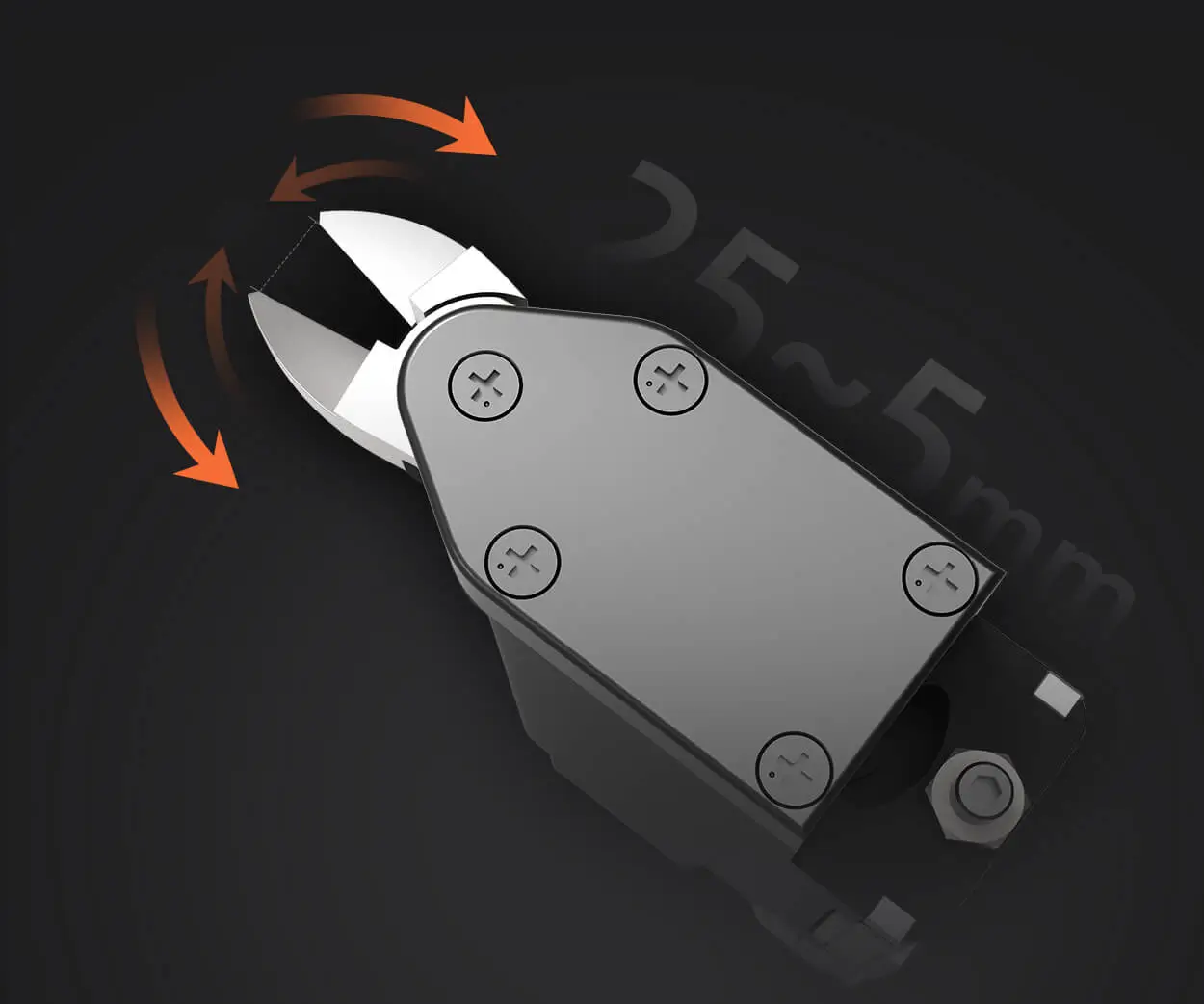Ever tried wrapping your head around microservices in the .NET world? It’s like juggling fireballs while walking a tightrope—exciting but tricky. If you’re gearing up for an interview or just want to get a grip on what questions might pop up, buckle up. Because understanding the nuances of microservices architecture in .NET isn’t just about knowing what it is, it’s about knowing how to maneuver through its complexities smoothly.

Many folks get caught up thinking about microservices as just breaking down bigger apps into smaller pieces. But that’s only the surface. The real challenge? Making those bits work together seamlessly, like a well-orchestrated band. Microservices in .NET are versatile, but they demand a deep understanding of concepts like service isolation, communication strategies, and deployment pipelines. You’ve got to handle things like HTTP APIs, message queues, and distributed data management. Think about how a single change can ripple across dozens of services, and how you'd troubleshoot when things go south.
Here’s a thought: Ever wondered about the difference between monoliths and microservices in practical terms? It’s simple but significant. Monoliths are like a big, heavy book—you open it up, and everything’s tangled inside. Microservices? More like a bookshelf with separate, genre-specific books. When one story needs editing, you don’t bother the others. That flexibility is what makes microservices so appealing, especially in high-demand environments. But ask yourself—how do you keep those books organized? That’s where effective planning and architecture design come into play.
Interview questions? They love to test not just your theoretical knowledge, but your practical grasp. For example, they might ask about handling failures in microservices. Are you familiar with circuit breakers or retries? Or maybe they question your understanding of data consistency—how do microservices maintain data integrity when each service owns its own database? You’ll want to be ready to discuss strategies like eventual consistency versus strong consistency, and tools like Kafka or RabbitMQ. That’s the sweet spot where architecture meets problem-solving.
Sometimes it’s about thinking on your feet. Why choose .NET for microservices? Because it’s robust, scalable, well-supported, and offers a ton of tools—think ASP.NET Core’s agility or Docker’s containerization benefits. But you also have to ask: what are the pitfalls? Overly complex service dependencies or sluggish inter-service communication can drag you down. Being aware of these issues helps you craft better answers in an interview—and build better systems in real life.
So, if you're gearing up to show your grasp of microservices within the .NET ecosystem, dive deep. Know your communication protocols inside out, understand how to handle distributed data, and be ready to talk about practical challenges. It's more than just theory. It’s about weaving together the right pieces at the right time—knowing what questions might come and having that confidence to tackle them head-on.
Established in 2005, Kpower has been dedicated to a professional compact motion unit manufacturer, headquartered in Dongguan, Guangdong Province, China. Leveraging innovations in modular drive technology, Kpower integrates high-performance motors, precision reducers, and multi-protocol control systems to provide efficient and customized smart drive system solutions. Kpower has delivered professional drive system solutions to over 500 enterprise clients globally with products covering various fields such as Smart Home Systems, Automatic Electronics, Robotics, Precision Agriculture, Drones, and Industrial Automation.




































